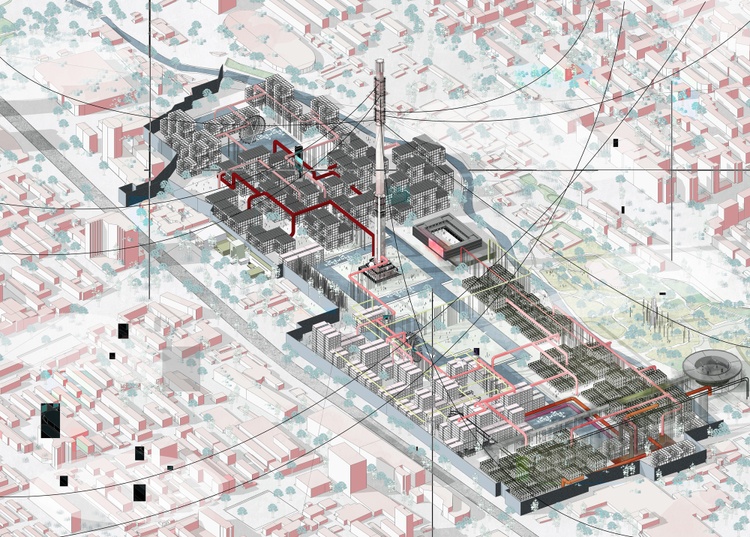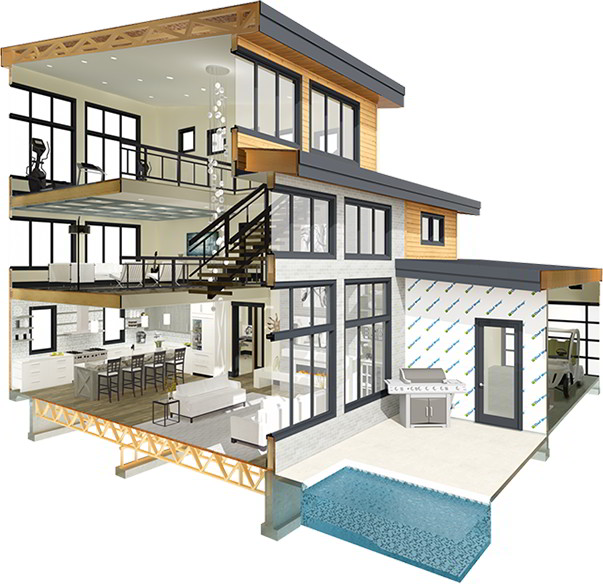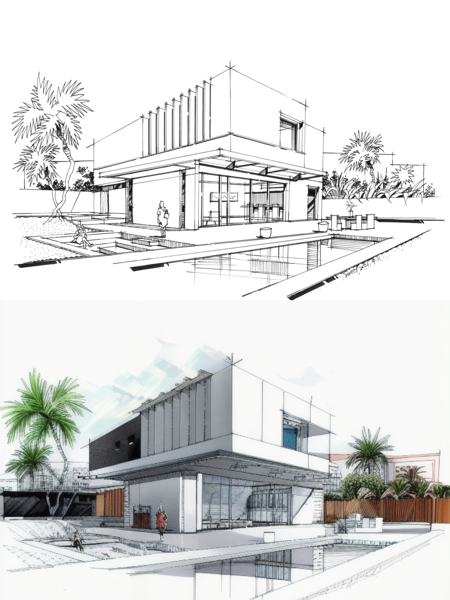The Creative Refine Behind Successful Tasks from CDA Architects
The Creative Refine Behind Successful Tasks from CDA Architects
Blog Article
The Important Role of an Engineer in Shaping Lasting Urban Environments for Future Generations
The role of an engineer in crafting sustainable metropolitan atmospheres is progressively critical in reacting to the challenges of environment modification and urbanization. By perfectly incorporating eco-friendly concepts right into their styles, engineers not only boost the aesthetic and useful quality of city rooms however additionally address pressing issues such as power efficiency and social equity.
Understanding Sustainable Urban Style
Lasting urban layout incorporates environmental principles with city preparation to produce environments that are not just livable but also durable. This technique emphasizes the significance of including all-natural systems right into the metropolitan textile, making certain that development satisfies the needs of today without jeopardizing the capability of future generations to meet their very own needs. Trick elements of sustainable metropolitan design include effective land use, the promo of biodiversity, and the combination of green spaces, every one of which contribute to improved lifestyle for citizens.
Additionally, sustainable metropolitan style focuses on the decrease of the metropolitan warm island effect, improved air top quality, and effective stormwater monitoring. It urges making use of renewable energies and energy-efficient structure methods, which dramatically reduced carbon footprints. In addition, sustainable city style cultivates social equity by creating obtainable public spaces and promoting mixed-use developments that provide to varied populations.
Through thoughtful planning and ingenious design techniques, lasting urban environments can enhance area strength versus climate adjustment while promoting financial development. This alternative method not only addresses prompt city obstacles however additionally prepares for healthier, a lot more lasting cities for generations ahead.
Key Obligations of Architects
Engineers play a crucial function in forming lasting urban settings by converting layout concepts into tangible structures and spaces. Their obligations incorporate a variety of tasks that contribute to the general success of city design tasks.
Firstly, engineers conduct comprehensive site analyses to recognize the ecological, social, and cultural context of their jobs. This fundamental knowledge informs their style decisions, ensuring that buildings integrate with their environments. They likewise take part in collaborative processes with stakeholders, consisting of city coordinators, engineers, and the neighborhood, fostering an inclusive approach to metropolitan development.
Additionally, architects are entrusted with developing layouts that enhance power efficiency, source preservation, and performance. They should comply with local zoning legislations, building codes, and sustainability certifications, making sure conformity while pressing the borders of development.

Innovative Materials and Techniques
In the search of ecologically responsible layout, cutting-edge materials and techniques have arised as crucial components in the production of sustainable city settings. Engineers are progressively making use of products that minimize environmental influence while improving power efficiency. For instance, recycled products, such as redeemed wood and repurposed metals, not only minimize waste but additionally add one-of-a-kind aesthetic qualities to structures.
Additionally, developments in technology have led to the growth of high-performance materials, such as protected concrete types (ICFs) and solar glass, which contribute to energy preservation and harness renewable resource. Methods such as easy solar design and eco-friendly roofing systems further exemplify exactly how design can integrate with all-natural systems, decreasing dependence on synthetic home heating and air conditioning.
Moreover, the integration of wise materials, which adjust to ecological adjustments, supplies encouraging methods for improving structure efficiency - cda architects. These products can reply to temperature level variations or dampness degrees, enhancing convenience and sustainability
Eventually, the calculated choice and application of ingenious materials and techniques equip designers to create urban spaces that are not just useful and cosmetically pleasing yet likewise site here resistant and environmentally liable, ensuring a lasting future for generations ahead.
Community Interaction and Partnership
The success of innovative materials and techniques in sustainable urban architecture is substantially improved by active community interaction and collaboration. Engineers must acknowledge that the constructed atmosphere profoundly impacts the lives of regional homeowners, making it vital to involve them in the style process. Involving the community fosters a sense of ownership and accountability, making certain that advancements not just fulfill visual and practical demands however likewise reflect the values and aspirations of those who occupy them.

Effective area involvement likewise assists in focusing on social equity within city advancement. By thinking about the voices of marginalized populaces, engineers can develop rooms that are comprehensive and fair. In this method, neighborhood interaction and collaboration come to be essential to achieving genuinely sustainable metropolitan environments that serve the requirements of present and future generations.
Future Trends in Sustainable Style

Furthermore, developments in modern technology are forming future fads in sustainable architecture. The combination of clever materials and structure systems permits real-time power management, improving effectiveness and decreasing carbon impacts. Advancements such as green roofs, living wall surfaces, and energy-generating facades are visit this page becoming common practices, even more promoting eco-friendly balance within metropolitan settings.
Moreover, a shift in the direction of biophilic design is gaining grip, highlighting the connection between nature and human health. By incorporating all-natural reference elements, engineers produce rooms that foster psychological health while promoting biodiversity.
Conclusion
Finally, designers are crucial beforehand lasting urban environments with their expertise in style, cutting-edge materials, and area interaction. By focusing on power performance and resource preservation, these specialists add to the production of resilient urban spaces that meet the needs of present and future generations - cda architects. The assimilation of environmental principles not just improves livability yet also fosters social equity, making certain developments resonate with the worths and desires of the neighborhoods they serve
Report this page